A Real Life Story – the Heritage that made modern Medway River.
The River Medway
Everyone has heard of the River Thames, the River Medway however which runs parallel to it, is arguably as important, if not more in that it has been both a vital life-line and strategic gateway for the whole of Britain over the centuries
Medway owes its existence and position to it being the lowest crossing point on the river and the Romans called it ‘Durobrivae’ which means the ‘stronghold by the bridge’.
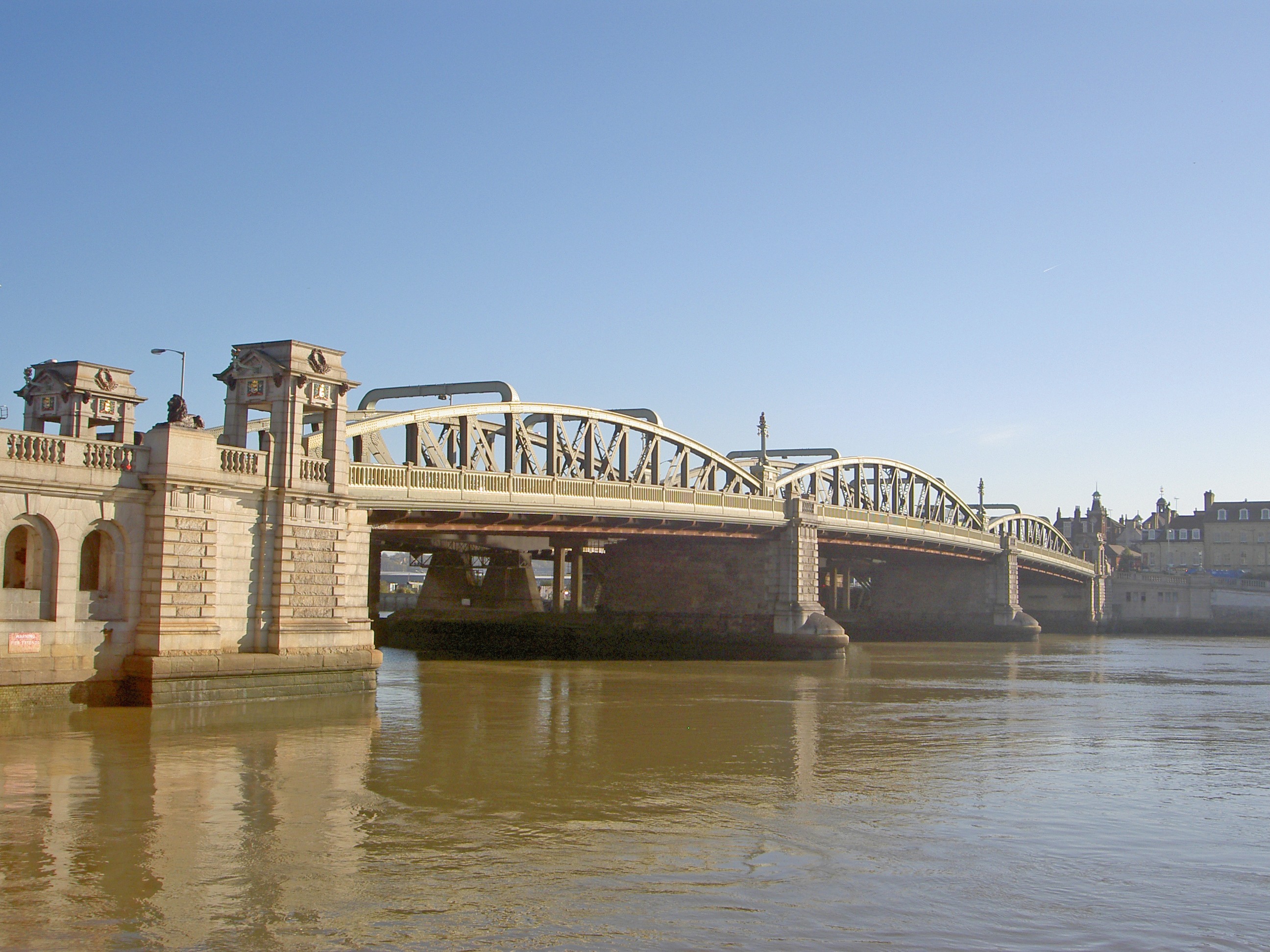
The Watling Street runs from London to Dover and crosses the River Medway at Rochester, the midpoint between London and the continent. It was therefore a strategic crossing point of national importance, over which all traders, armies and travellers would have had to cross.
The river was also the perfect safe haven for mooring ships, shipbuilding and launching attacks against our enemies.
The River Medway is at the heart of many fascinating stories over the centuries, which were critical to the building of Britain as a world power.
Naval & Shipbuilding
Henry VIII founded a Tudor Dockyard at Chatham to build a fleet to defend his country and establish a Royal Fleet. Following the Spanish Armada and the two Dutch wars the dockyard became the most important shipbuilding location in Britain.
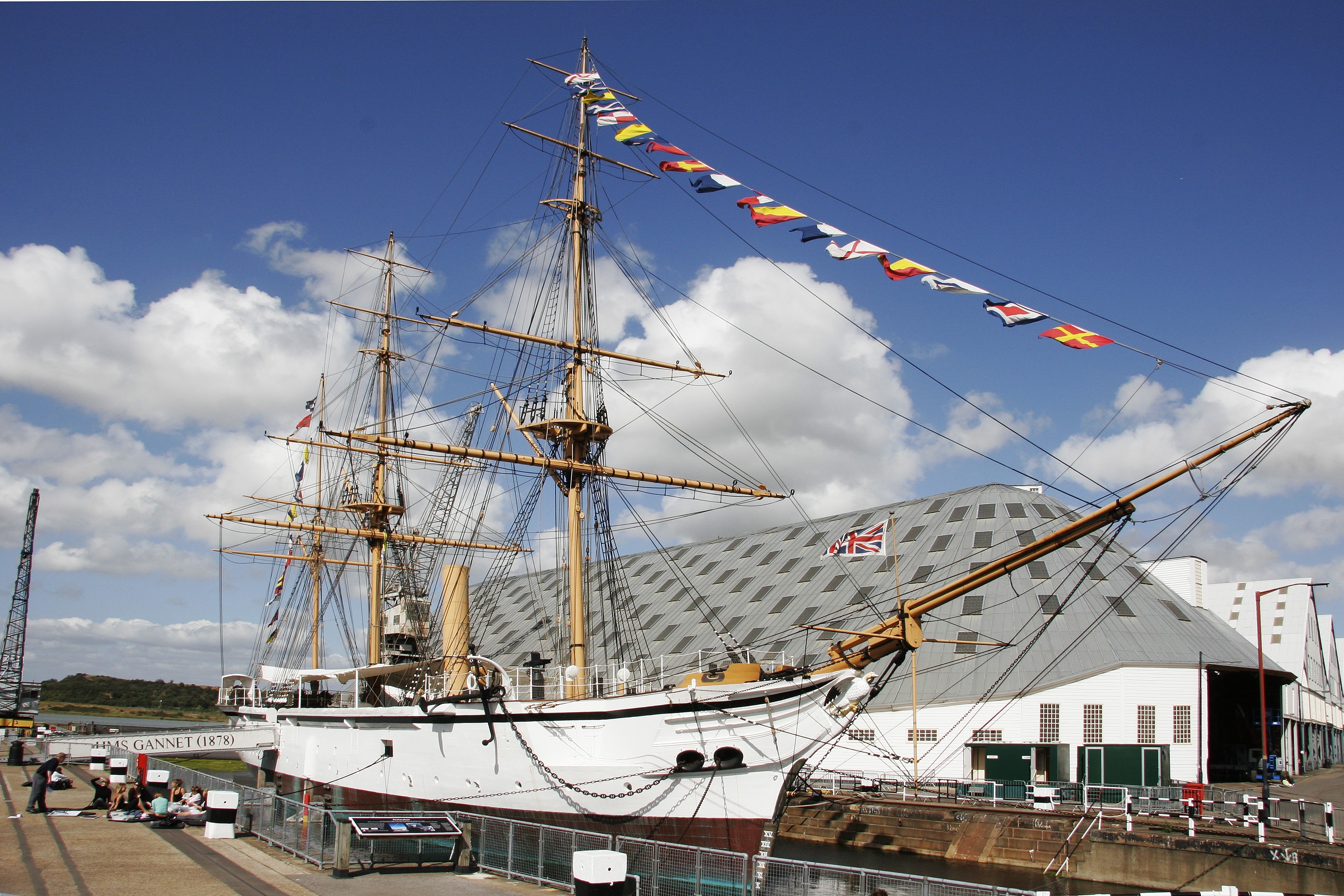
The dockyard saw many famous mariners and admirals over the centuries including Lord Nelson whose flagship ‘HMS Victory’, amongst many other famous warships, was built right here in Chatham.
The seafaring career of Sir Francis Drake began on the River Medway where his family made their home in a ship’s hulk and he became an apprentice at the dockyard aged just 13.
Will Adams born in Gillingham during the 16th century, joined the Royal Navy under the command of Sir Francis Drake and saw service against the Spanish Armada in 1588. Adams founded the first Japanese Navy and was made famous in James Clavell’s best-selling novel ‘Shogun’.
The British shipbuilding thrived at the dockyard right up until the cold war period when Medway was renowned for building nuclear submarines.
During the Victorian era, paddle-steamers offered leisure trips on the rivers and around the South-East Coast. The Medway Queen paddle-steamer was used for the Dunkirk evacuations during the Second World War.
Battle & Sieges
The need to defend the dockyard led to an increased presence of the military and with that came defensive buildings such as Fort Amherst, Upnor Castle and many other forts that can still be viewed from the river today.
Upnor Castle was built in a strategic position to defend the fleet at anchor in 1667, but failed to do so, the Dutch sailed up river, captured the Royal Navy’s flagship, the Royal Charles and left the fleet burning in the river. This defeat highlighted the need for more investment in the British Navy. Leading to Britain ‘ruling the waves’.
The details of this was very well documented by the diarist Samuel Pepys. Following the defeat, Upnor Castle became a gunpowder magazine and at one point stored more gunpowder than the Tower of London.
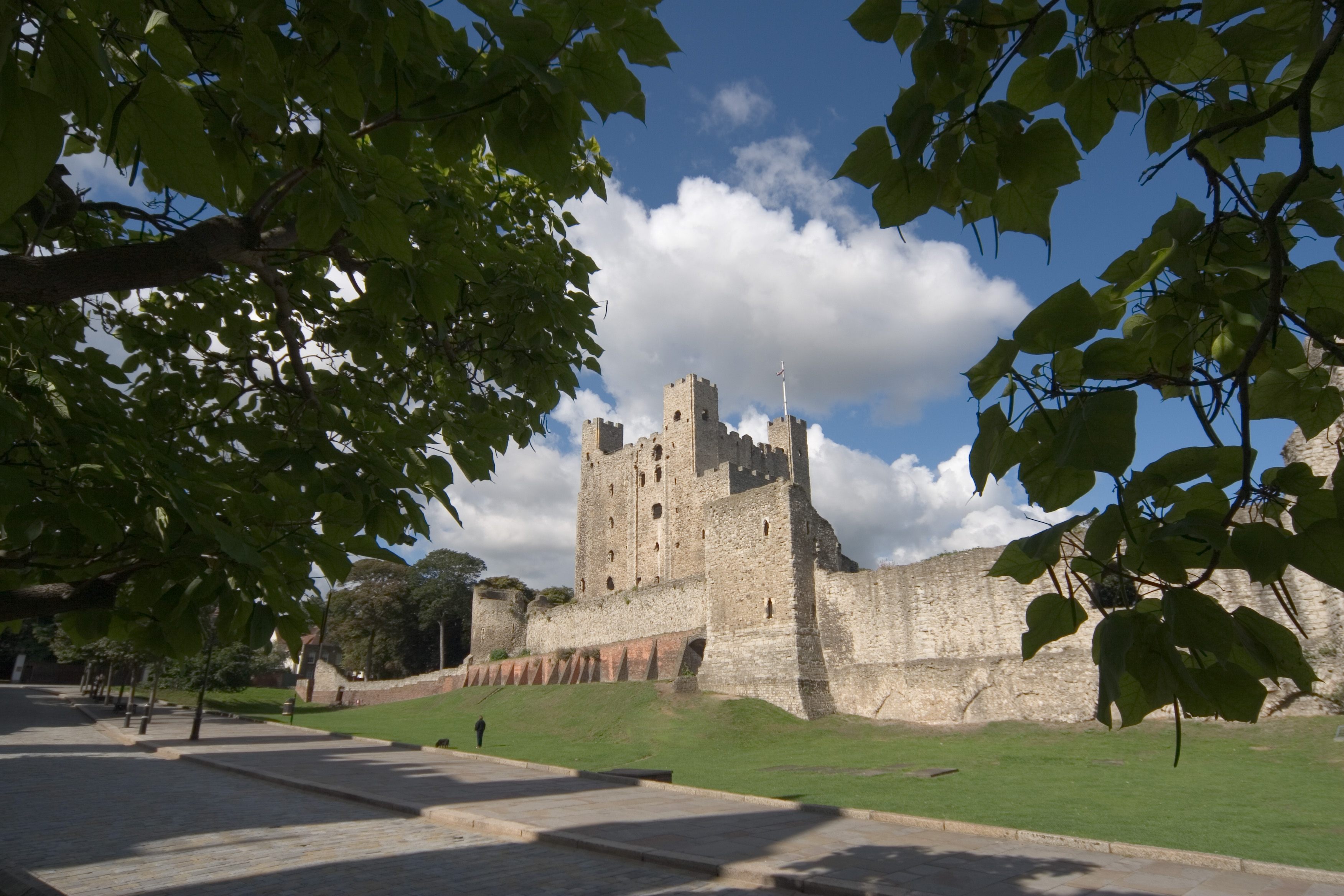
Due to the strategic location, Rochester Castle was built next to the crossing of the river in 1087. Its position was later strengthened by the addition of a keep. Rochester Castle has been besieged on three occasions with the most famous being in 1215 by King John, who undermined one of the towers and using the fat of forty pigs burnt it to the ground.
After the Crimean War in 1859, Florence Nightingale set up the first Army Medical College at Fort Pitt in Chatham. By this period Medway was well defended against enemy invasion with a string of Napoleonic Forts, ditches and defences.
Medway has been home to the Royal Engineers, the innovators of the army, for over 300 years. They invented the world’s first guided torpedo and today the Royal Engineers Museum is home to the Duke of Wellington’s Battle of Waterloo map.
Illustrious Royal Engineers include Lord Kitchener and General Gordon. Bishop Gundulf is considered to be one of the first Royal Engineers, having built the White Tower of London, Rochester Cathedral.
Industry
Medway and it's river has been the home to some of the most creative and innovative industrial and technological pioneers.
World beating mud from the River Medway was prized as an essential ingredient in the highest quality cement, with the River Medway providing a direct and fast transport link to London. Flat bottomed barges, the lorries of the river, carried these bulky building materials which helped to build Victorian London.
Having already invented the traction engine in 1859, three years later Thomas Aveling went into business with Richard Porter. Medway based Aveling & Porter produced the first ever steam roller in 1867 and went on to become the largest manufacturer of steam rollers in the world.
Similarly inspired by the potential of the River Medway, The Short Brothers moved their business to Rochester, where they developed the iconic “Short Empire Flying Boats”.
Crusades and Pilgrims
Ever since St. Augustine came to Kent to convert King Aethelbert to Christianity in 597AD, Medway has been an important spiritual centre, attracting pilgrims and crusaders alike.
Rochester Cathedral was founded as a priory in 604AD. The cathedral is home to the Textus Roffensis, the only existing written copy of the first code of English law. It dates back to the 12th century and predates the Magna Carta by a century.
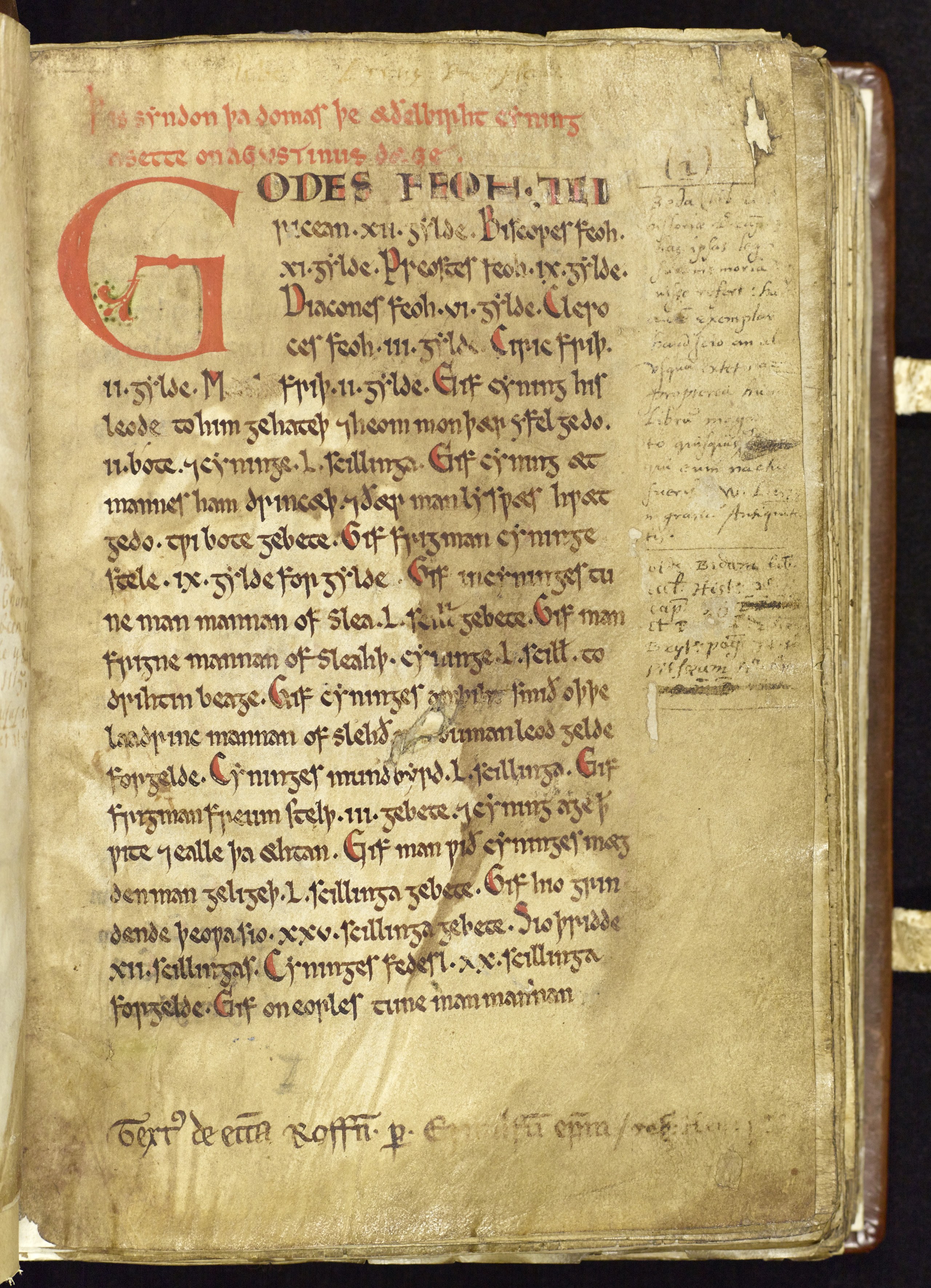
The Knights Templar was a military and religious order that was established at the time of the Crusades to protect pilgrims travelling to the Holy Land and to defend the holy places there. King Henry II gave Temple Manor in Strood to the Knights Templars’ to serve as a rest-stop to provide lodgings and fresh horses on their way to the crusades
In the early 13th century, St. William of Perth on his way to Canterbury on a pilgrimage stayed in Rochester for three days when he was robbed and murdered.
The body was discovered by a mad woman, whom placed a plaited garland of honeysuckle garland on his head and then her own, where upon the madness left her. On learning this tale the monks of Rochester carried the body to the cathedral where it was buried and became a shrine to thousands of pilgrims.
Dickens
Medway is the place which inspired the great author Charles Dickens to create some of the world’s best loved novels and characters. The Dickens’ family moved to Chatham in 1817 when Charles was only five.
Dickens’ happiest and most impressionable days were spent in Medway. It was here he fell in love with the theatre, and the place he later chose as his retreat when he had become a world renowned celebrity to purchase Gad’s Hill Place in Higham.
Dickens’ writing chalet, in which he worked on some his best loved novels, stands in the heart of Rochester. The chalet was once sited at Gad’s Hill Place and was used by the author to write many of his novels.
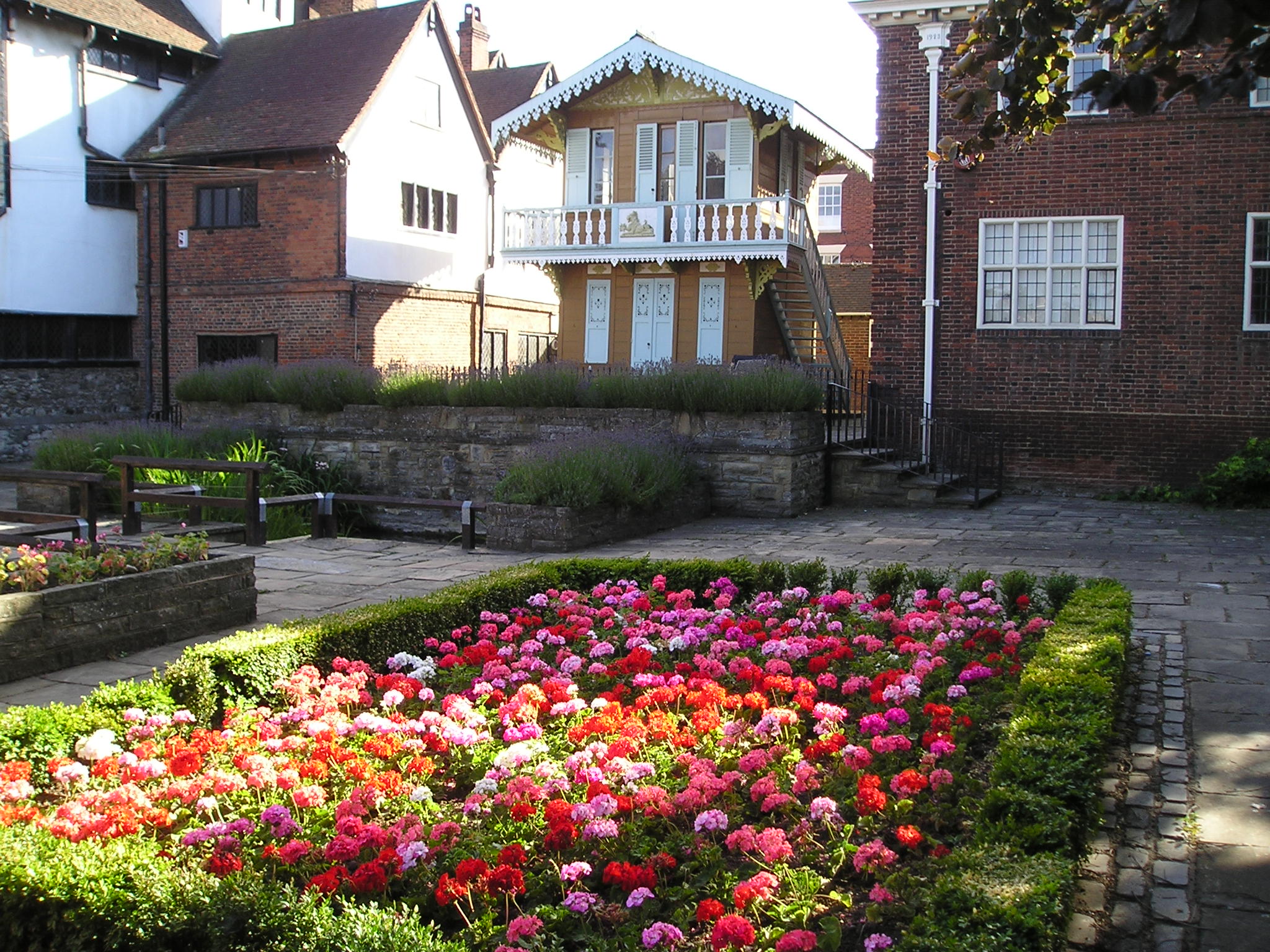
Some of Dickens’ greatest works were set here in Medway, including Great Expectations, The Pickwick Papers and The Mystery of Edwin Drood. The places and buildings that were inspiration to the author can be seen today!
The legacy of this Great British author lives on in Medway in the buildings and places he wrote about which remain unchanged today and in the colour and splendour of the annual Dickens festivals.
This is a story you can see, hear, touch and feel.
Follow those who came here and shaped our nation’s history.
Make your own memories… and be a part of Medway’s story.

Official website of Visit Medway, Medway Council






